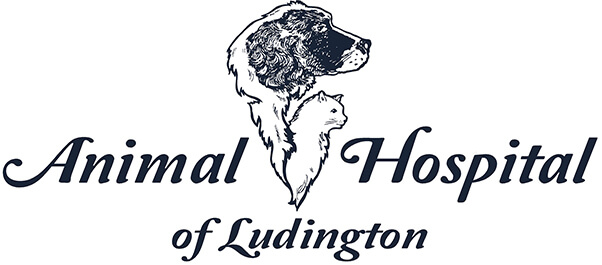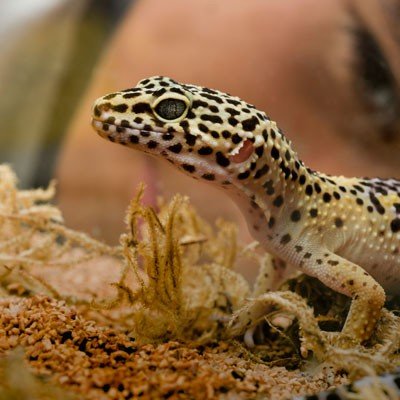You’ve almost got dog and cat ownership down to a science. You know what your furry pets eat, where they like to sleep, and what kind of toys they prefer. However, you’re soon adding a small lizard to your family, and you’ll rely on your Ludington veterinarian for his pet care guidance. Besides giving your new pet a complete physical exam, your vet will give you valuable pointers on your lizard’s menu choices and ideal habitat.
Spacious Room With a View
Your lizard’s roomy glass aquarium meets his needs nicely. If he’ll hang out there all the time, allow him room to exercise and explore several nooks and climbing rocks. If he’ll regularly exercise elsewhere, you can likely get by with a smaller aquarium.
Temperature Is Key to Health
In your lizard’s natural environment, he’d hunt and exercise in the balmy sunshine, and curl up for a snooze during the cooler nights. Mimic these temperature changes by placing a heating pad underneath the raised aquarium on one side; or place a heated “hot rock” in a certain spot. Before installing your lizard’s portable sauna, ask your vet how to use it effectively; and keep a close eye on the device so your lizard doesn’t get burned. You’re trying to maintain a cage temperature range between 85 and 103 degrees Fahrenheit.
Humidity Makes for a Happier Lizard
Surprisingly, lizards don’t prefer excessively dry environments; instead, they like living in habitats with 50 to 70 percent humidity. In fact, your lizard can shed his skin more easily in a humid setting. Keep your lizard happy by spritzing his enclosure with a spray bottle; or place a wet towel near his heat source (but not on top of it).
Mix Ultraviolet Light and Darkness
Your lizard needs lots of ultraviolet light to metabolize the calcium in his food. He also requires a darkened enclosure for 10 to 12 hours each day. Of course, if you own a gecko, these guidelines fly out the window. Since geckos are nocturnal creatures, they’re active at night and don’t require sunlight to stay healthy.
Functional Enclosure Decor
Don’t waste your money on attractive cage décor, as your lizard might shred or eat it. Instead, line his enclosure with butcher’s paper or newspaper. Keep the cage clean to reduce disease risks from bacterial and fungal organisms in his droppings. Give him several climbing rocks, resting logs, and sturdy artificial plants so he feels right at home. The rocks and logs also provide exercise options.
Once your lizard has an authentic-looking habitat, share the photos with your Ludington vet during your reptile’s next checkup. Meanwhile, enjoy your reptile’s antics as he enjoys being master of his domain.












Leave a Reply
You must be logged in to post a comment.